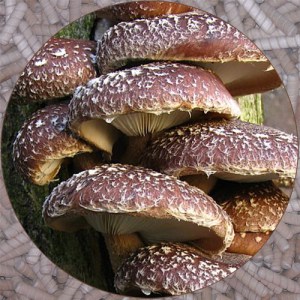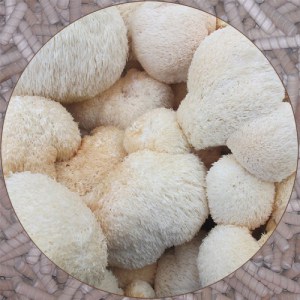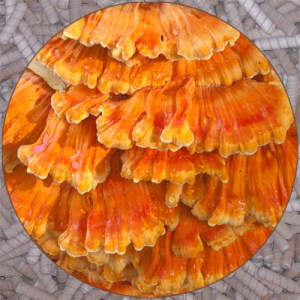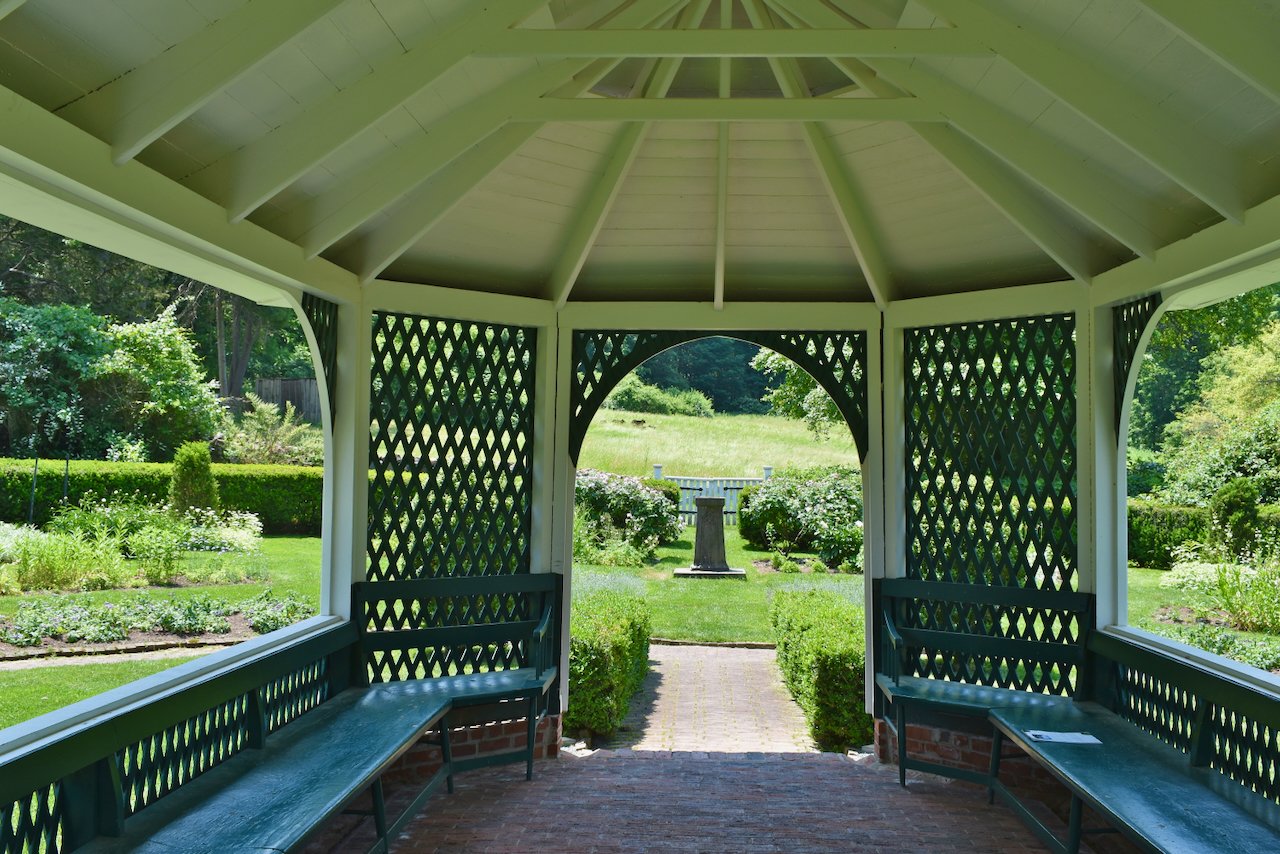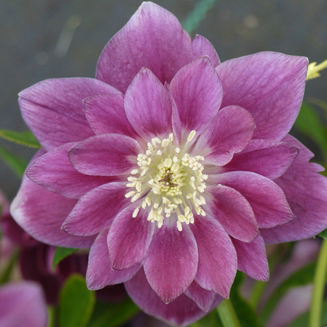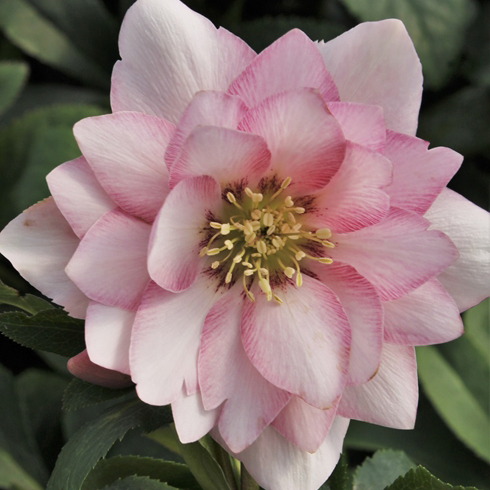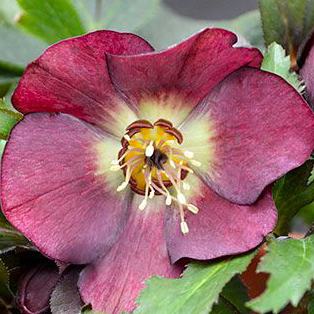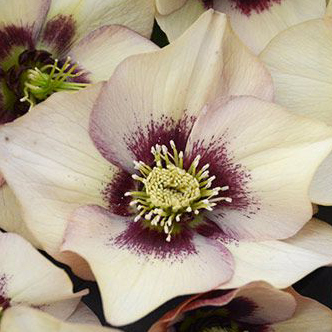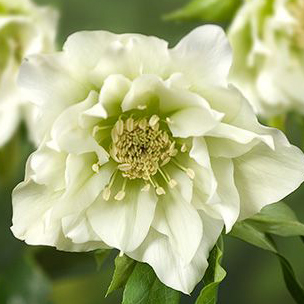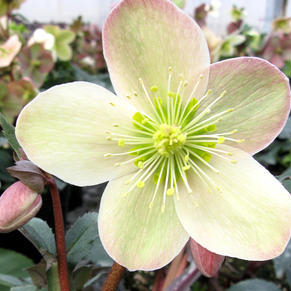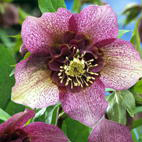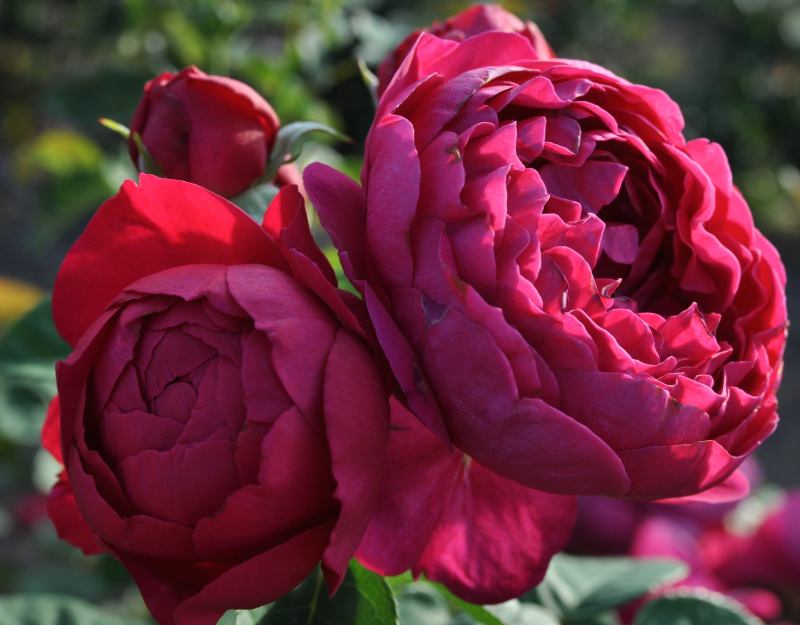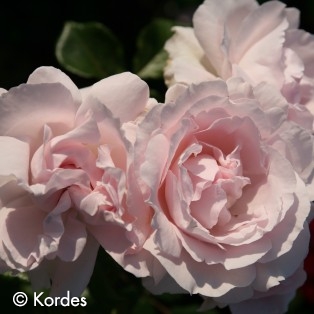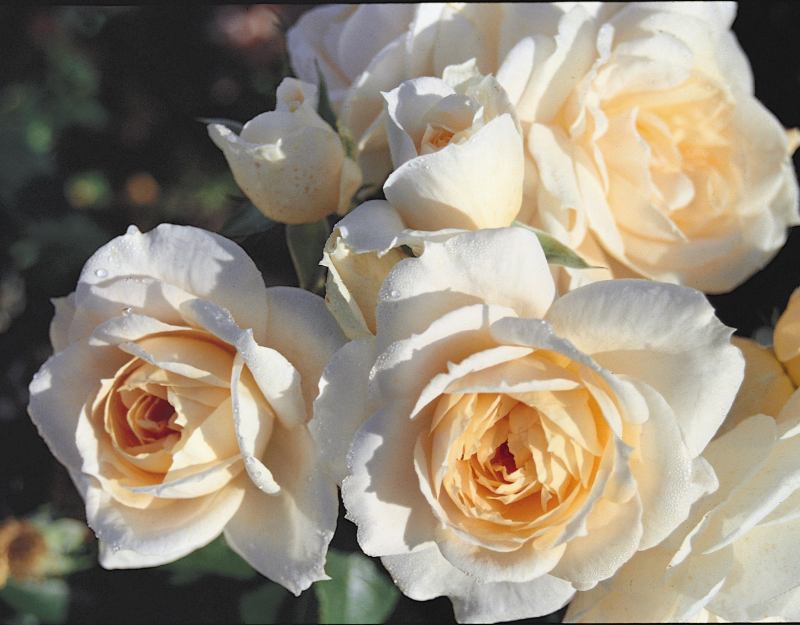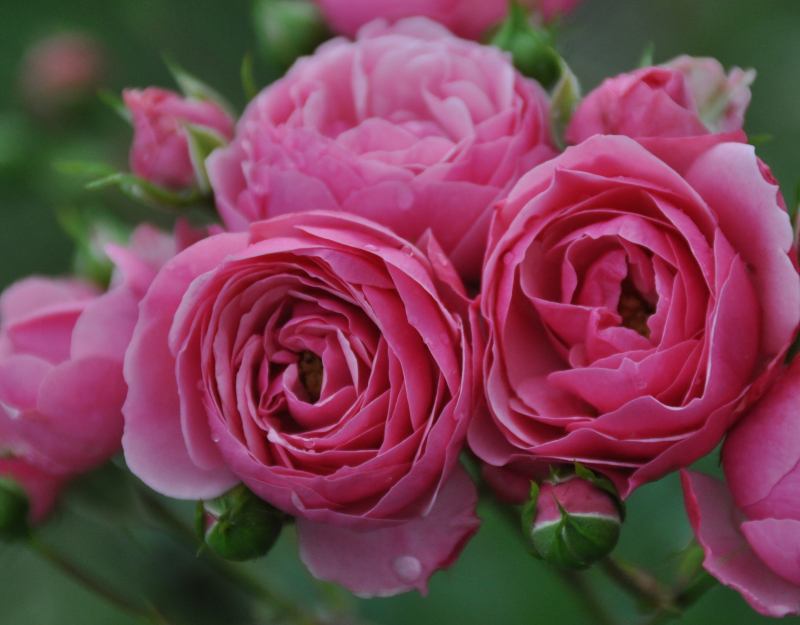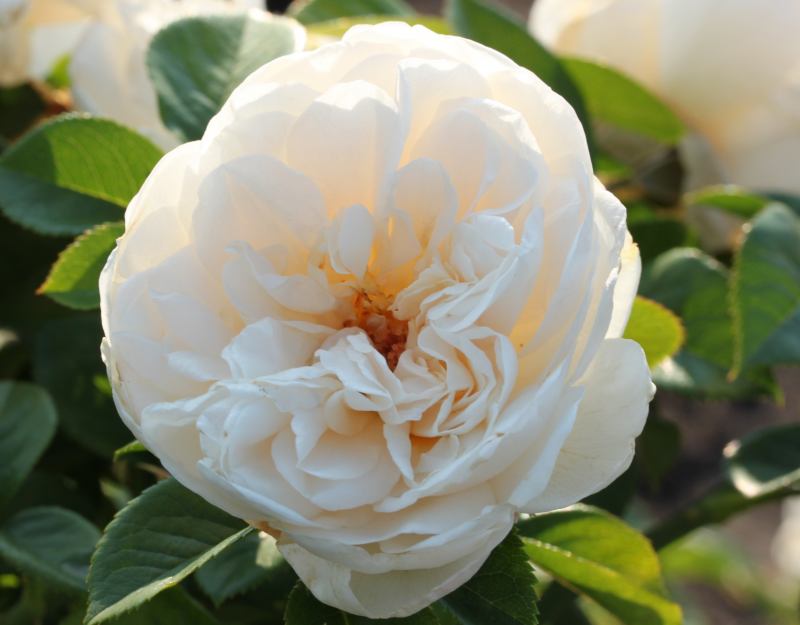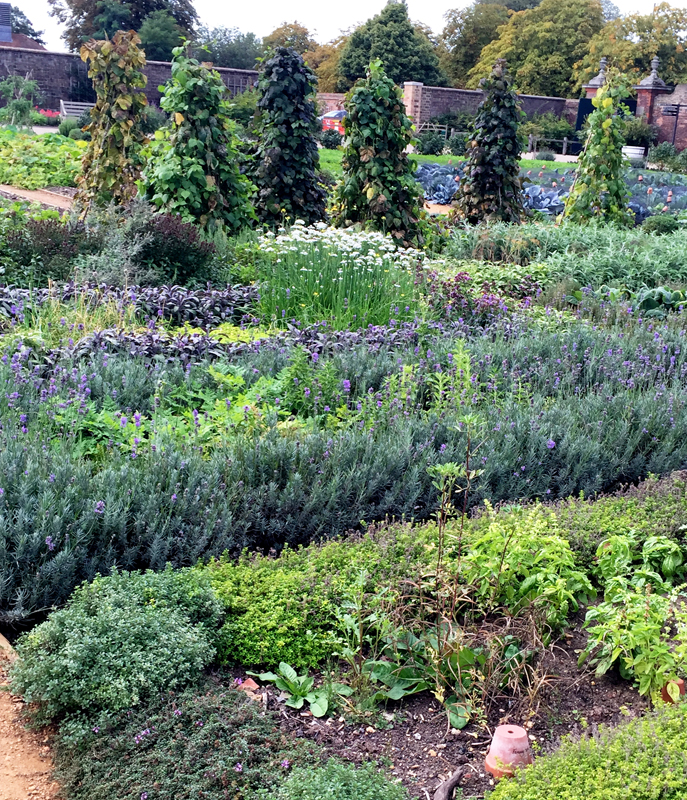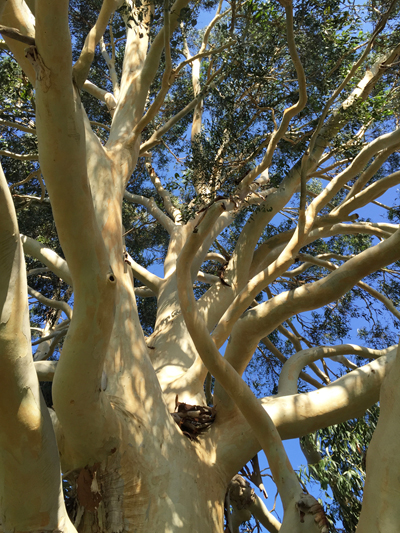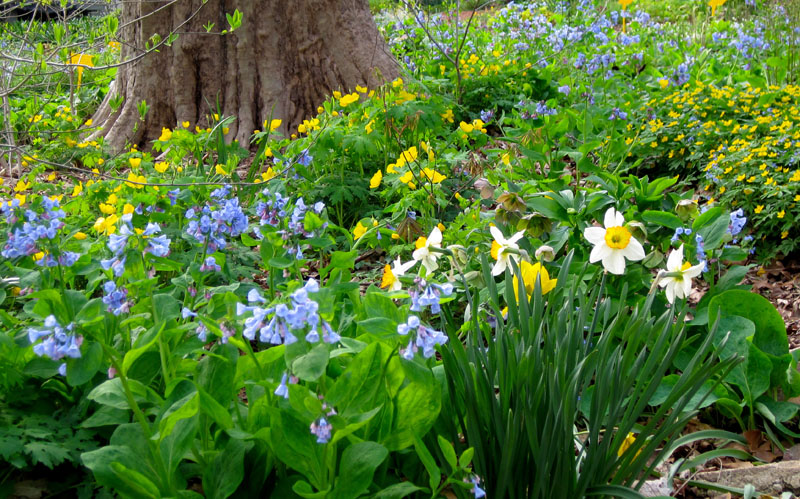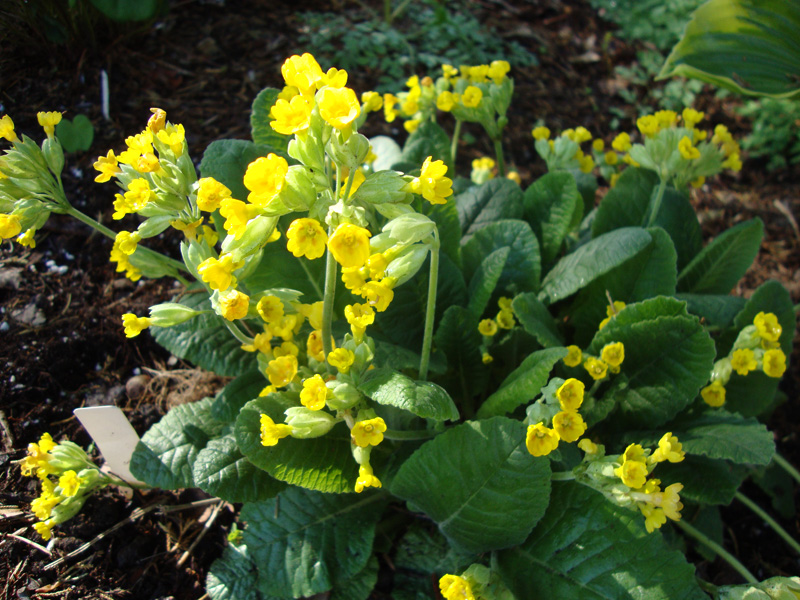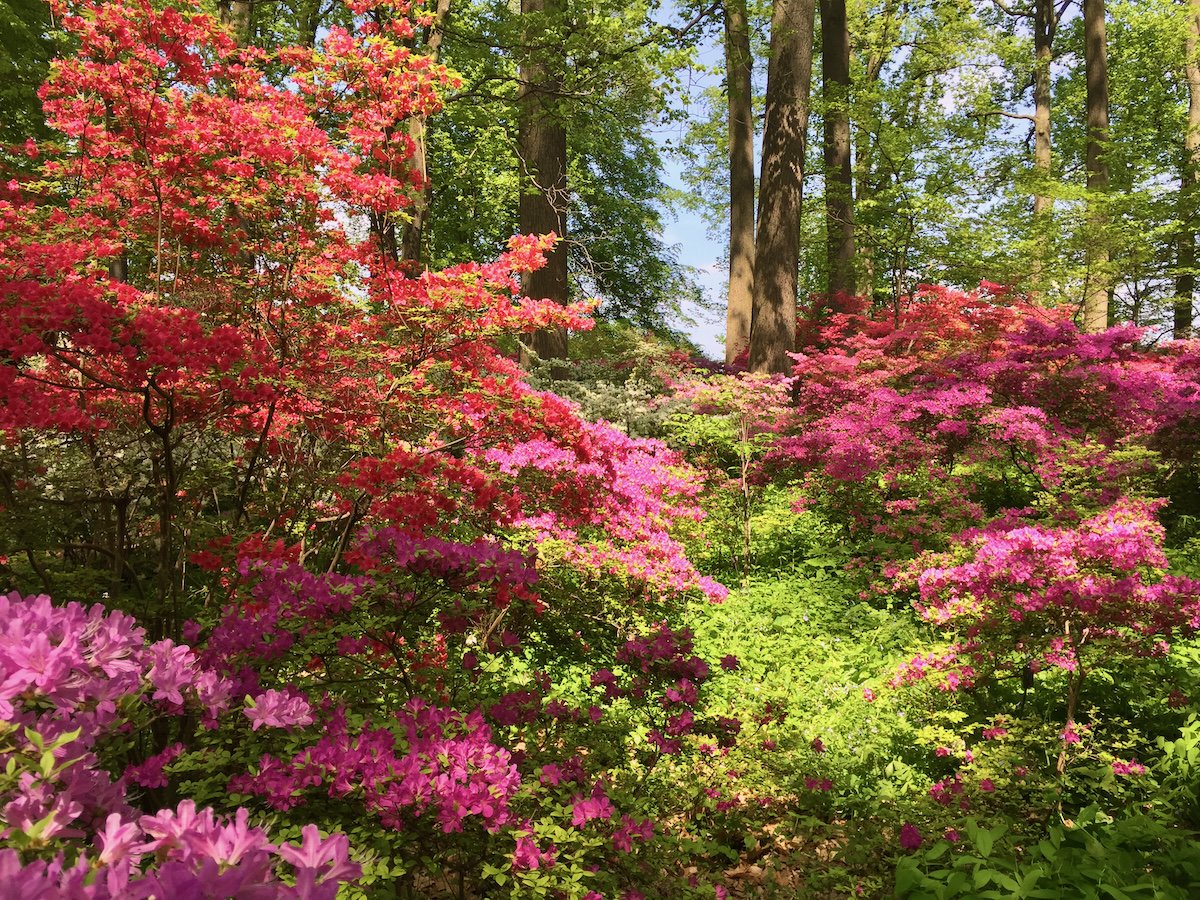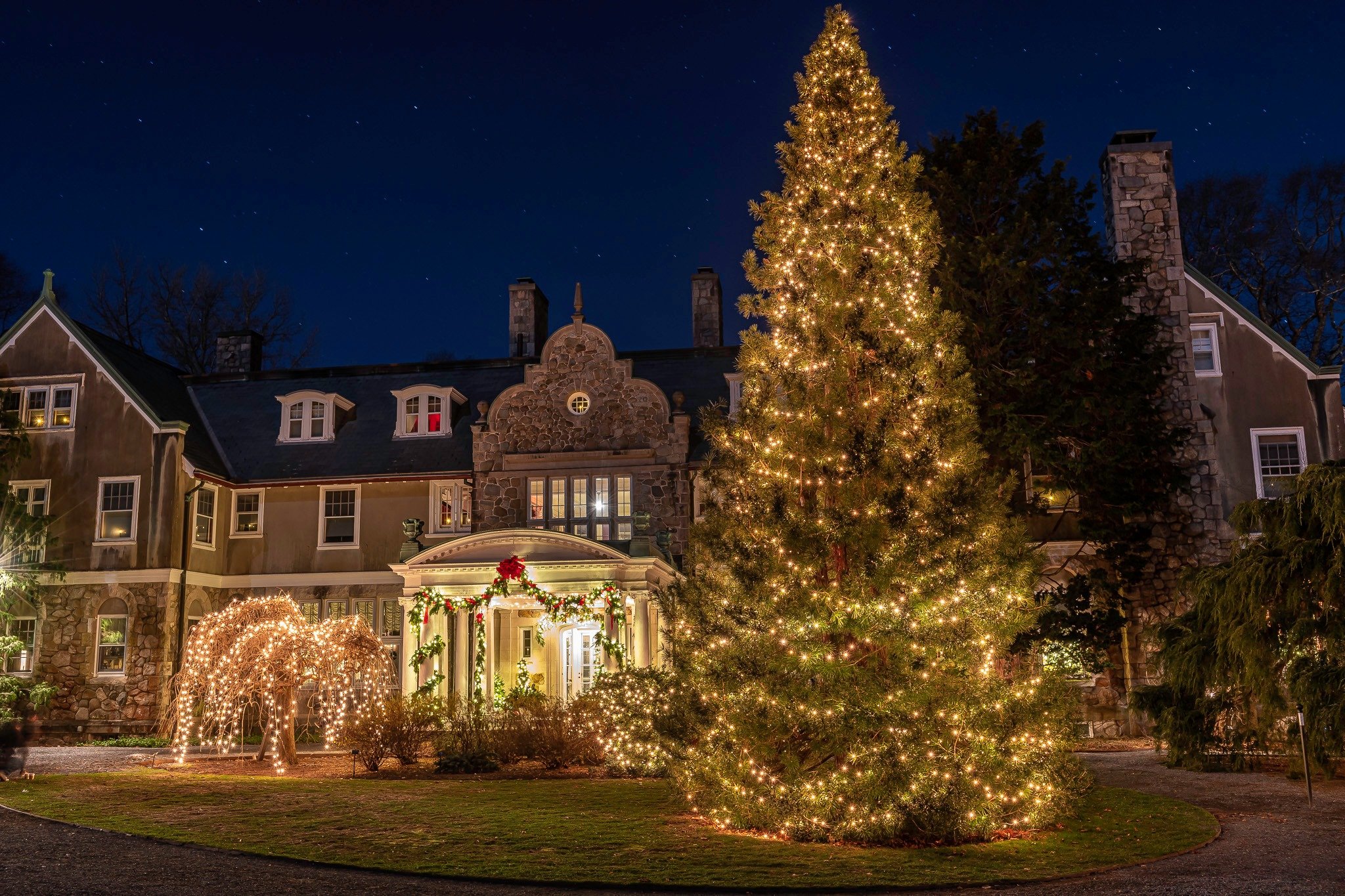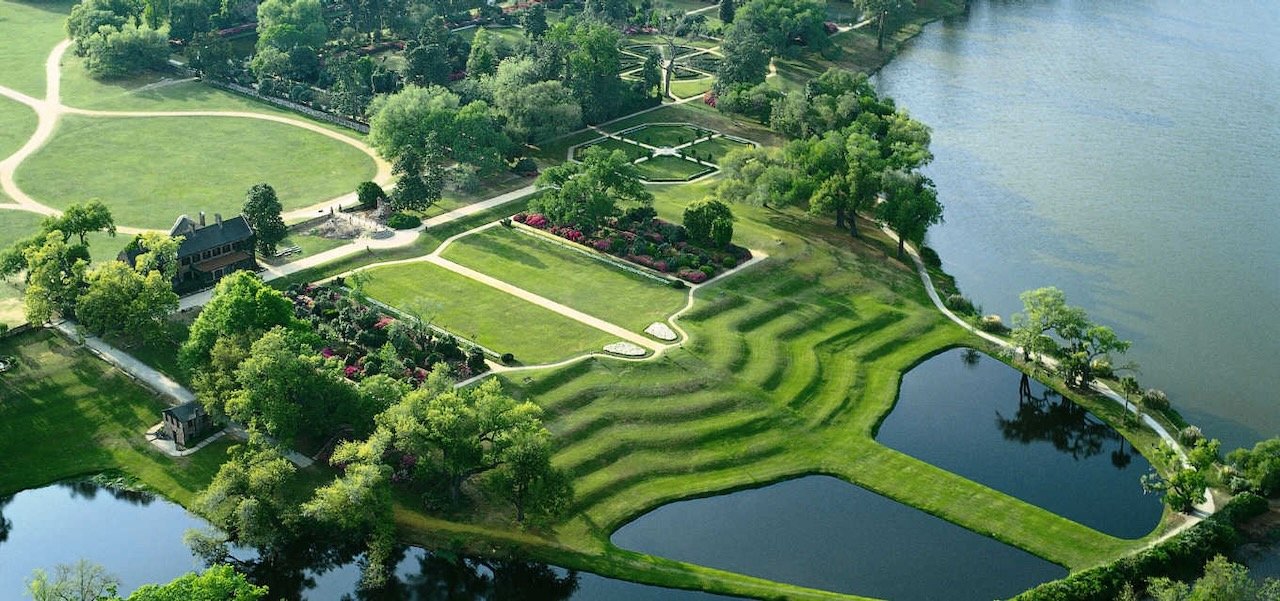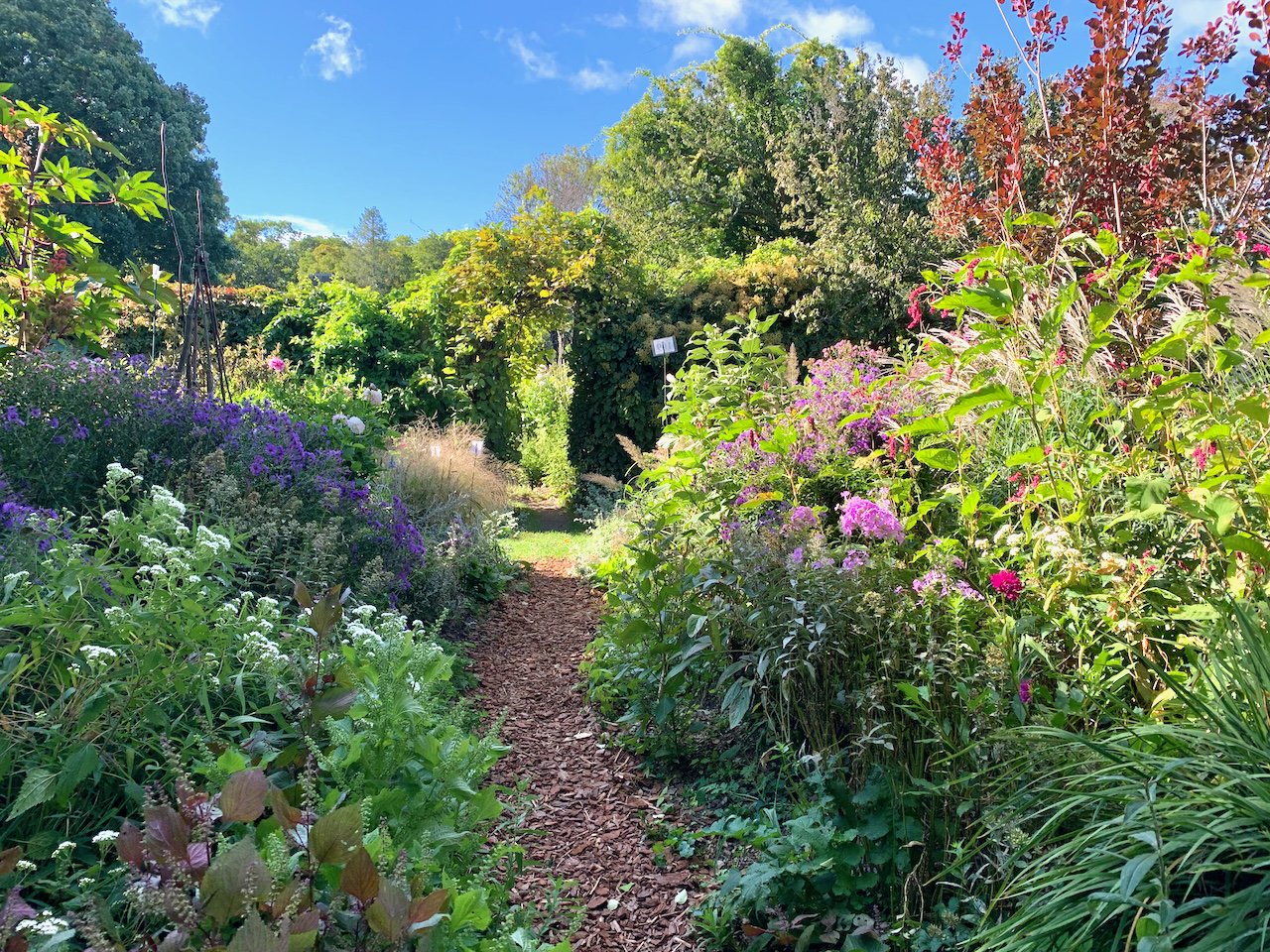10 Favorite Mail-Order Nurseries
/February is a terrific time to choose new plants for the garden. Here are some of my favorite mail-order nurseries for perennials, trees and shrubs. Do you have other favorites? Please share them with others in the comments section!
Bluestone Perennials
Bluestone Perennials was one of the first mail-order nurseries that I purchased perennials from when I began gardening. Most of those perennials -geraniums 'Wargrave Pink' and 'Johnson's Blue', lobelias and astilbes, to name a few, are still growing in my garden 20 years later. Bluestone carries a huge selection of perennials, as well as bulbs and shrubs, from reliable standbys to exciting new hybrids. If you need help with plant combinations, you can order pre-planned theme gardens, such as a Butterfly Garden, Cutting Garden or Lamp Post Garden. Robust plants are shipped in 3-1/2" x 4" plantable pots. The nursery has been family-owned and operated since 1972, and provides excellent customer service. Catalog available. bluestoneperennials.com
Brushwood Nursery
If you are looking for clematis or other climbers, Brushwood Nursery is an excellent source. Brushwood offers hundreds of clematis varieties as well as honeysuckles, trumpet vines, passion flowers, wisteria and jasmines. The informative website is a virtual encyclopedia of clematis - you will have a hard time narrowing down your choices! I was inspired to try clematis after hearing Cheryl Monroe's lecture, and she recommended Brushwood. Since then, I have ordered plants for myself and as gifts for friends, and they have all done beautifully. Owner Dan Long takes great care in selecting, growing and shipping healthy, vigorous plants. They now sell all the vines in one-gallon pots with free shipping. brushwoodnursery.com
Flowers by the Sea
I love the spiky form and delicate flowers of salvias, but you rarely find any varieties other than 'Caradonna' and 'May Knight' at local nurseries. Luckily, there is a California nursery called Flowers by the Sea, which specializes in beautiful salvias and has 52 varieties that are hardy to Zone 6. Last year I added salvias in periwinkle blue, soft pink, magenta and white to my perennial border and they bloomed until November! Plants are large and healthy and the website offers a wealth of information about growing salvias. If you sign up for their newsletter, you receive weekly Salvia deals. fbts.com
Santa Rosa Gardens
Santa Rosa Gardens offers an extensive selection of perennials with an emphasis on ornamental grasses - there are 182 varieties of grasses on offer! Most of the plants are sun lovers, and you will be pleased with the number of varieties to choose from - 13 types of agastache, 32 varieties of coreopsis, 14 Gaillardias, 44 Sedums, and more. In addition to standard 3-1/2" pots, you can also order perennials in flats of 72 if you are doing a mass planting. Santa Rosa Gardens is family-owned grower that has been in the horticulture business for four generations and offers excellent customer service.
Santa Rosa Gardens has also started a new subscription service called My Garden Box. The nursery assembles a custom crafted collection of plants and gardens goods that you can receive on a monthly basis or send as a gift. The plants are beautifully packaged and arrive as a lovely surprise. santarosagardens.com
Pine Knot Farms
Hellebores have a special place in my heart, and there is no better place to look for new varieties than Pine Knot Farms. Judith and Dick Tyler have been breeding hellebores for more than 25 years, with stock plants from the UK, the Balkans, Japan, Australia and New Zealand. The couple authored a comprehensive book on Hellebores in 2006. I hope to visit their North Carolina nursery someday, but in the meantime, I try some of their new offerings every year. pineknotfarms.com
Palatine Roses
When I replanted my rose bed last year, I was determined to use hardy, disease-free roses. I ordered bare root rose bushes from several sources, and the best plants came from Palatine Roses in Ontario. The roses had well-developed root systems and strong canes, and flourished during the entire season with no signs of black spot or other diseases. I had blooms through November. Palatine has a minimum order of 3 roses, and the mail order deadline is March 15 for spring shipping. palatineroses.com
High Country Gardens
If you are looking to develop a drought-tolerant perennial garden, look for plants at Santa Fe's High Country Gardens. The nursery has been dedicated to improving the environment "one garden at a time", and has been a pioneer in the concept of xeriscaping - gardening with plants that need minimal water once established. Founder David Salman has introduced unique hybrids for water-wise gardens, and all plants are grown neonicotinoid-free. This nursery is a great source of sun lovers such as liatris, agastache, lavender, coreopsis, monarda and more! The site is also rich with plant description and gardening advice. highcountrygardens.com
Geraniaceae Nursery
One of my earliest "favorite plants" were the hardy cranesbill geraniums for their long-lasting dainty blooms and ease of care. I recently discovered a book devoted to this family of plants written by Robin Parer which led me to her specialty nursery in Marin County, Cal. While local nurseries sell less then 5 varieties, Geraniaceae offers close to 170 hardy geraniums hybrids, as well as erodiums and pelargoniums. If you love this family of plants, there is no better source! geraniaceae.com
Mason Hollow Nursery
If you have a shady garden or just love to collect hostas, you will enjoy ordering from Mason Hollow Nursery in Mason, New Hampshire. Owners Sue and Chuck Anderson opened the nursery in 2001, and offer an impressive array of more than 800 hosta varieties, as well as ferns, epimediums and other perennials. Plants arrive with good sized root systems and are ready to be planted in the garden. You can also visit Mason Hollow and see their lovely display gardens. masonhollow.com
Lazy S's Farm Nursery (now closed)
A family-owned nursery in Virginia, Lazy S's Farm offers a huge range of perennials as well as many hard-to-find hybrids of shrubs. Do you like callicarpa? You can find 13 varieties at Lazy S. All plants come in quart pots, so it is an inexpensive way to purchase an unusual shrub if you have the patience to grow it on for a few years before it makes a significant presence in the garden. When delivered, plants are healthy and vigorous and ready to take their place in the garden. lazyssfarm.com
For more nursery recommendations, see The Garden Tourist, and The Garden Tourist’s New England books in the Shop.






















